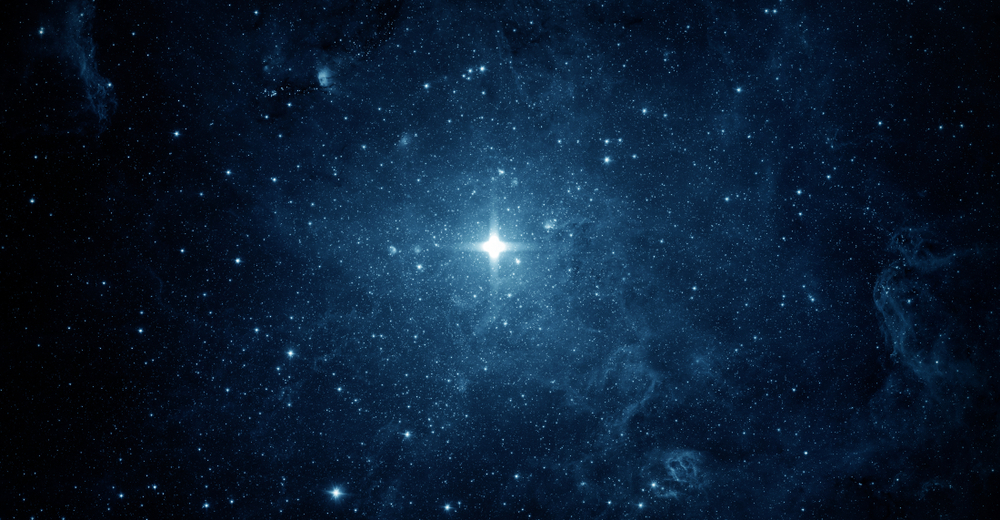When you look out to the night sky it is amazing to the stars in the distance twinkling like fairy lights on the ceiling of your bedroom. Yet we often forget that these stars are massive objects in the universe. Scientists have done amazing work on the understanding of stars and are now somehow able to determine the mass of a star while still on Earth. How is it done?
First, let’s talk about mass. There is a difference between mass and weight and most people are unaware. When talking about things in space we have to talk about the mass because the weight makes no sense. Mass is the measurement of the amount of matter something contains, weight is the measurement of gravity’s pull on something. The key difference is, therefore, that weight can change depending on the location where it is measured while the matter remains the same (unless the amount of matter something has changed). If you weight 75kg on Earth you would only weight 1/16th of this on the moon but your matter would be the same.
Determining the matter of something on Earth is very easy as we are able to interact with the object however when the object is millions of miles away from us how can we figure it out? There are three approaches.
The first approach is to measure the light emerging from a star and how it is bent by a nearby gravitational pull. The second method relies on a number of stars orbiting one gravitational object. By examining the speed of orbit, how long it takes to complete a single orbit, the gravitational pull, and the radius of the star to determine the mass.
Another approach related to the second method already mentioned is to graph stars in terms of their temperatures, color, and brightness. Experts have found that there is a clear correlation between the temperature of stars, their luminosity, and their mass. Smaller stars usually have a higher temperature while larger stars usually have a greater luminosity. Plotting this on an X/Y graph shows a clear \ line of mass. This allows experts to estimate the mass of any star. However, it has now been realized that only medium-sized stars follow this sequence. Giant stars, white dwarfs, and supergiants behave a little differently but can still be plotted on the graph, understood and identified.
The next obvious question is why does the mass actually matter? While it is nice to look at stars in the distance and know that some are of a greater mass than others what can it actually do for us? A lot actually. By knowing the mass we can determine a lot about the past, present, and future of that star. Mass matters.
The greatest single factor in determining how long a star will live is how much mass it has. Stars with a greater mass typically have a shorter lifetime than a star with a lower mass. The explanation is that each star has some fuel inside and the bigger ones consume theirs a lot faster. Stars with a higher mass will result in a supernova and explode while shorter stars will just burn out. The sun is categorized as an intermediate-mass star meaning it is unlikely to result in a supernova event and should still stick around for a few more million years.
This clearly shows that knowing the mass of a star is incredibly important. It can help us to determine the lifespan of the stars in our sky and understand if any significant occurrences are on the horizon. Of course, it can also serve as a gentle reminder that those bright lights in the sky are far more than stickers on your ceiling.







